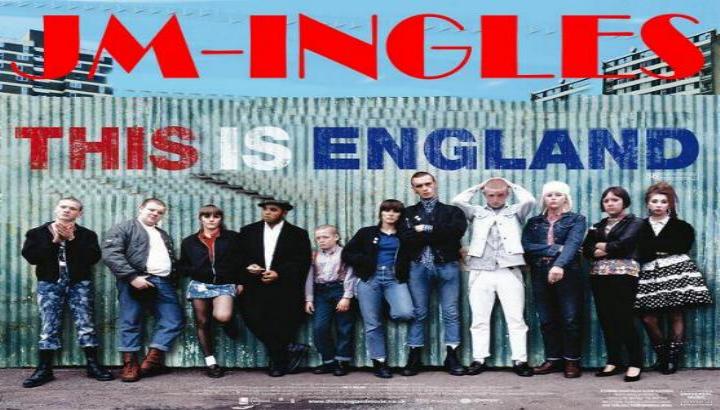SOLAR SYSTEM
JM-Inglés :: English Language :: Projects :: Miniprojects
Página 1 de 1.
 SOLAR SYSTEM
SOLAR SYSTEM
The Solar System consists of the Sun and those celestial objects bound to it by gravity, all of which formed from the collapse of a giant molecular cloud approximately 4.6 billion years ago. Of the retinue of objects that orbit the Sun, most of the mass is contained within eight relatively solitary planets whose orbits are almost circular and lie within a nearly-flat disc called the ecliptic plane. The four smaller inner planets, Mercury, Venus, Earth and Mars, also called the terrestrial planets, are primarily composed of rock and metal. The four outer planets, Jupiter, Saturn, Uranus and Neptune, also called the gas giants, are composed largely of hydrogen and helium and are far more massive than the terrestrials.
The Solar System is also home to two regions populated by smaller objects. The asteroid belt, which lies between Mars and Jupiter, is similar to the terrestrial planets as it is composed mainly of rock and metal. Beyond Neptune's orbit lie trans-Neptunian objects composed mostly of ices such as water, ammonia and methane. Within these two regions, five individual objects, Ceres, Pluto, Haumea, Makemake and Eris, are recognized to be large enough to have been rounded by their own gravity, and are thus termed dwarf planets. In addition to thousands of small bodies in those two regions, various other small body populations, such as comets, centaurs and interplanetary dust, freely travel between regions.
The solar wind, a flow of plasma from the Sun, creates a bubble in the interstellar medium known as the heliosphere, which extends out to the edge of the scattered disc. The hypothetical Oort cloud, which acts as the source for long-period comets, may also exist at a distance roughly a thousand times further than the heliosphere.
Six of the planets and three of the dwarf planets are orbited by natural satellites,usually termed "moons" after Earth's Moon. Each of the outer planets is encircled by planetary rings of dust and other particles.

The Solar System is also home to two regions populated by smaller objects. The asteroid belt, which lies between Mars and Jupiter, is similar to the terrestrial planets as it is composed mainly of rock and metal. Beyond Neptune's orbit lie trans-Neptunian objects composed mostly of ices such as water, ammonia and methane. Within these two regions, five individual objects, Ceres, Pluto, Haumea, Makemake and Eris, are recognized to be large enough to have been rounded by their own gravity, and are thus termed dwarf planets. In addition to thousands of small bodies in those two regions, various other small body populations, such as comets, centaurs and interplanetary dust, freely travel between regions.
The solar wind, a flow of plasma from the Sun, creates a bubble in the interstellar medium known as the heliosphere, which extends out to the edge of the scattered disc. The hypothetical Oort cloud, which acts as the source for long-period comets, may also exist at a distance roughly a thousand times further than the heliosphere.
Six of the planets and three of the dwarf planets are orbited by natural satellites,usually termed "moons" after Earth's Moon. Each of the outer planets is encircled by planetary rings of dust and other particles.


marina- Cantidad de envíos : 32
Edad : 32
Empleo /Ocio : estudiante
Fecha de inscripción : 29/09/2009
JM-Inglés :: English Language :: Projects :: Miniprojects
Página 1 de 1.
Permisos de este foro:
No puedes responder a temas en este foro.
» 1º Bachillerato 2020- UNIT 4
» 1º Bachillerato 2020- UNIT 6
» 4ESO- 2020- UNIT 9
» The Michael Zager Band - Let's All Chant
» Voz pasiva: Ejercicios
» Oraciones condicionales Tipo I + Ejercicios
» Comparativos y superlativos: Ejercicios
» Present Perfect: Ejercicios